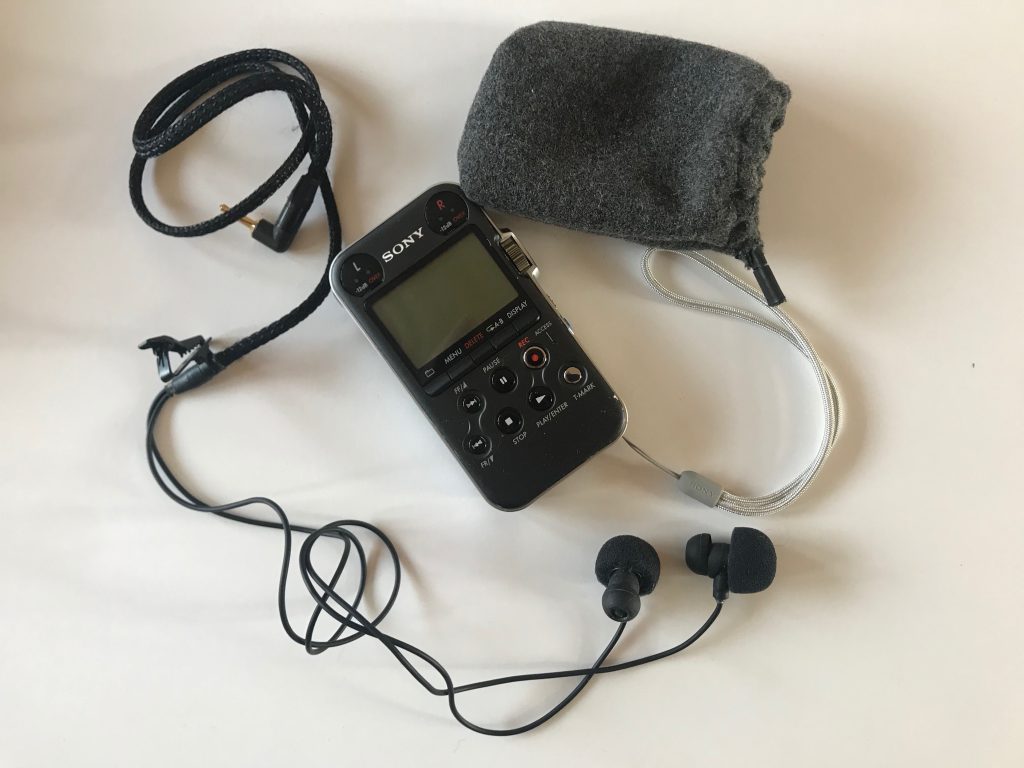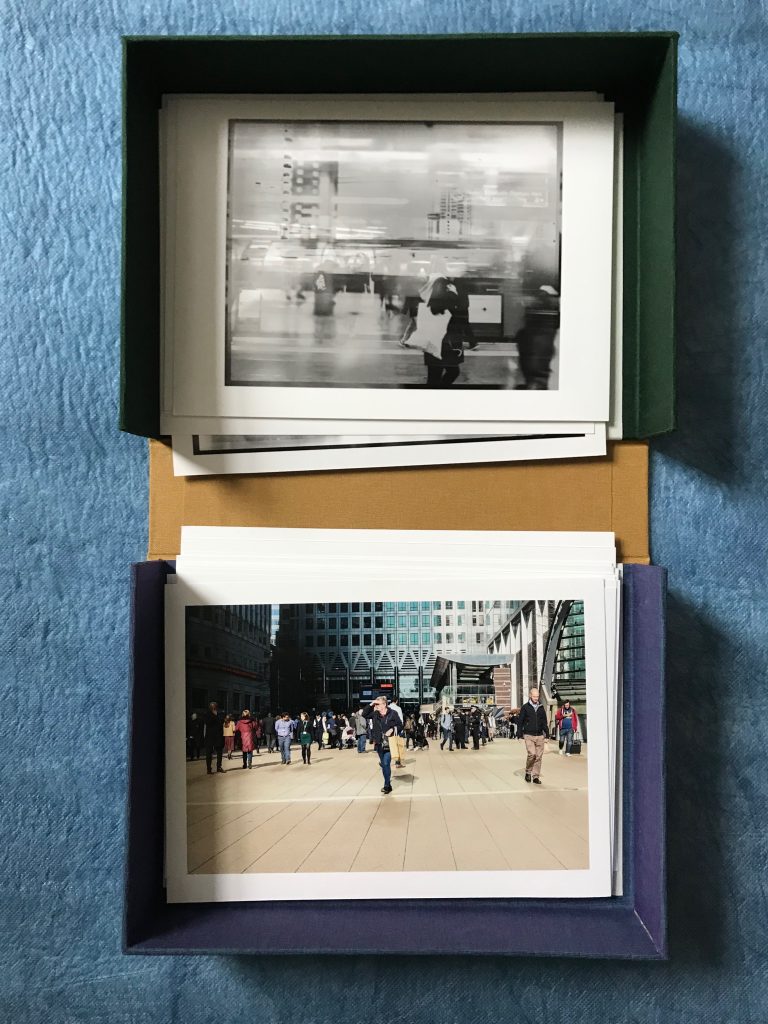Just looking back over the posts that I have made over the FMP period (50 FMP posts in total, 250 over the course of the MA since the first MA post) as I prepare to submit my Final Major Project pdf and Critical Review of Practice . I’ve stuck pretty much to the intention expressed in the first of these FMP posts, ‘to be more tightly focused on my own project … so I think that means shorter and more speculative items, with occasional longer posts to take stock and pull things together’.
The development of the FMP is effectively mapped, from the initial proposal, through revisions in the process of doing the work through to the adaptations that have had to be made to accommodate the covid-19 measures implemented over the past couple of months. Alongside this I have discussed some the the emerging influences and new directions for the work, such as the use of pixel-sorting and moving between analogue and digital images, and the paradoxical influence of Stephen Gill’s work. Being awarded a place on the London Creative Network artist development scheme has been important, and the influence of events held has been documented (though, sadly, meetings with mentors are now online, but still useful). There’s a record of some of the things that haven’t, in the end, been possible, such as the plan to exhibit work in public spaces, but the exploration of portable exhibitions did prove fruitful in the circumstances. The CRJ has provided a useful means for documenting presentations and exhibitions, and aspect of the work that haven’t featured in the final FMP, for instance photographic work with community initiatives like ShedLife. Also documenting exhibitions and events that have been influential. And galleries presenting my visual work as it has developed.
There is a lot that isn’t here, however. Particularly over the past month, when the primary focus has been on production of the FMP pdf and CRoP. In particular, I haven’t been able to document the feedback that I have received on my work, including a series of invaluable online discussions with other photographers working in similar areas. I have also been discussing ways of developing the work after the FMP, for instance with Kathrin Böhm & Levin Haegele, with Tamara Stoll and with Noel Moka’s Park Society. That’s for another day, and another place …





